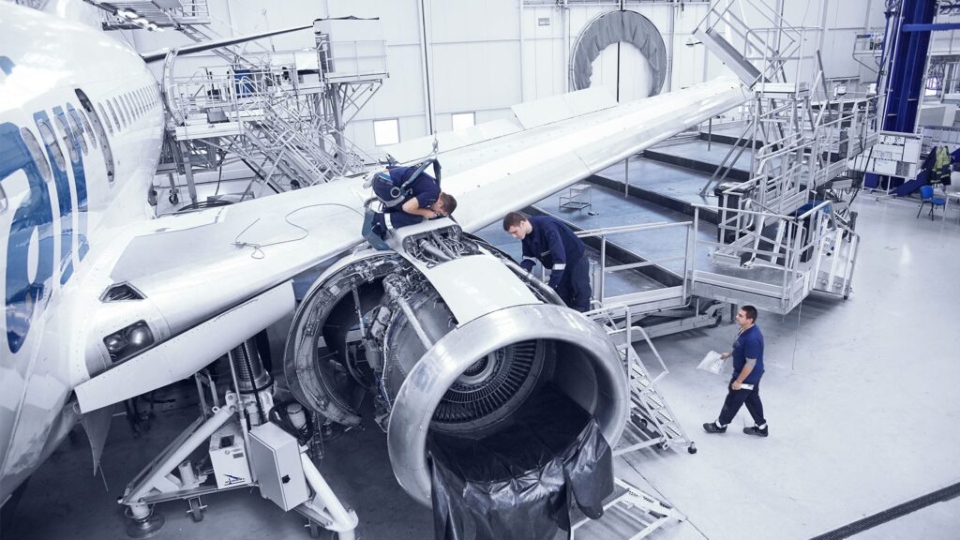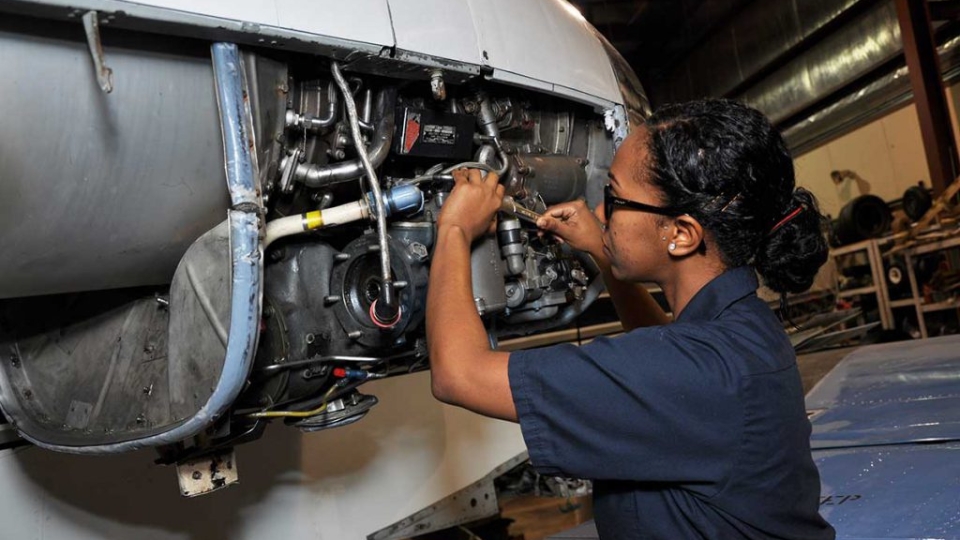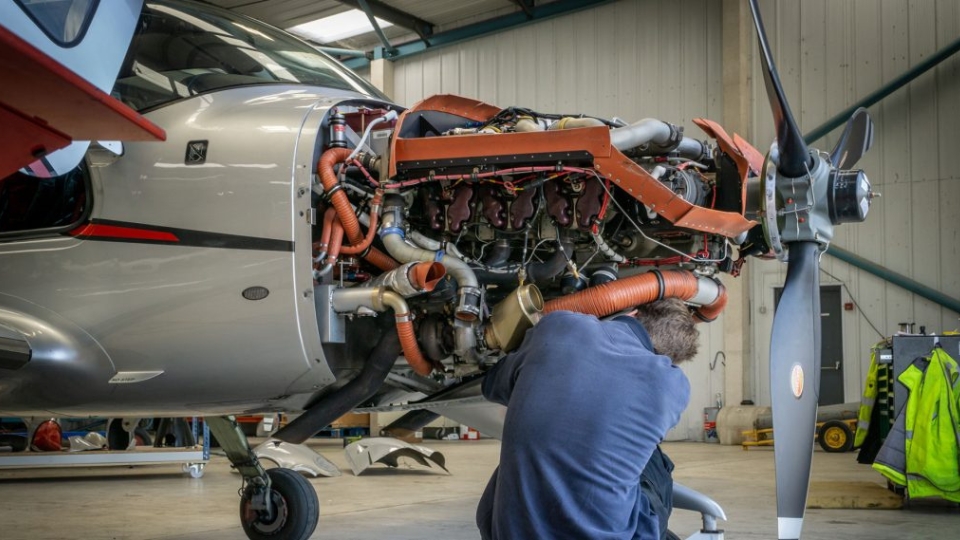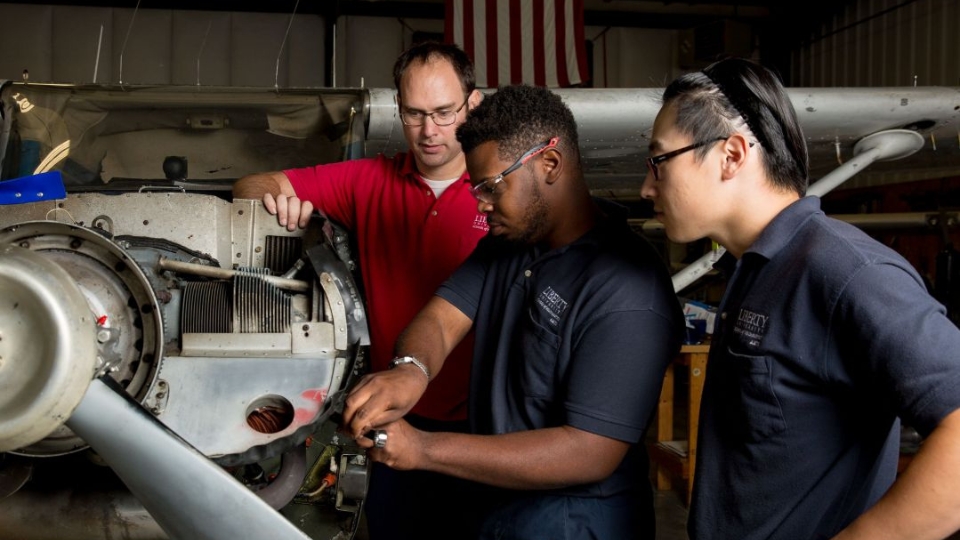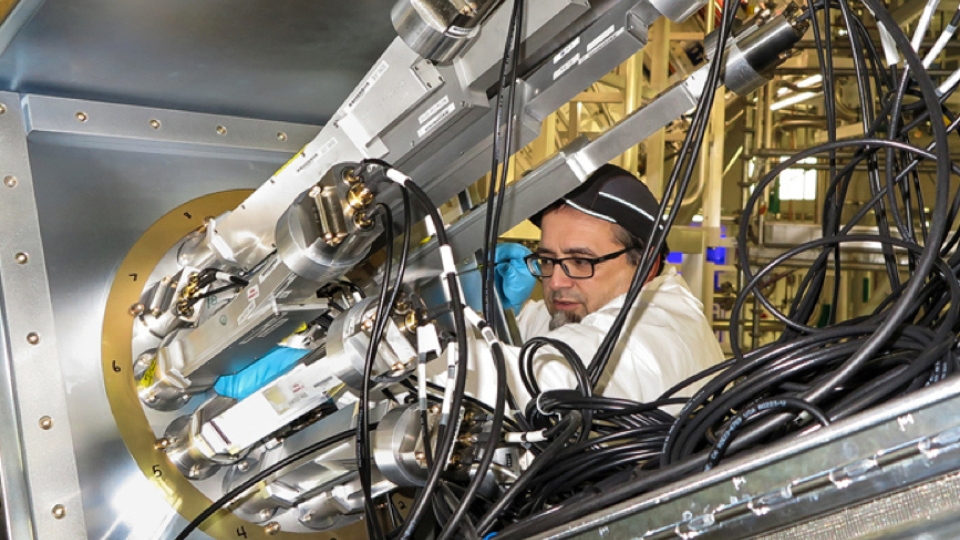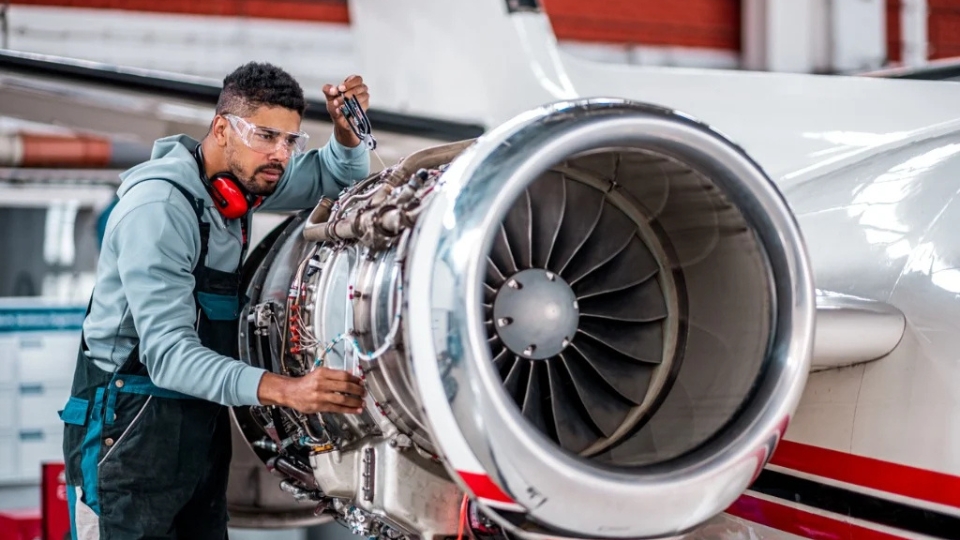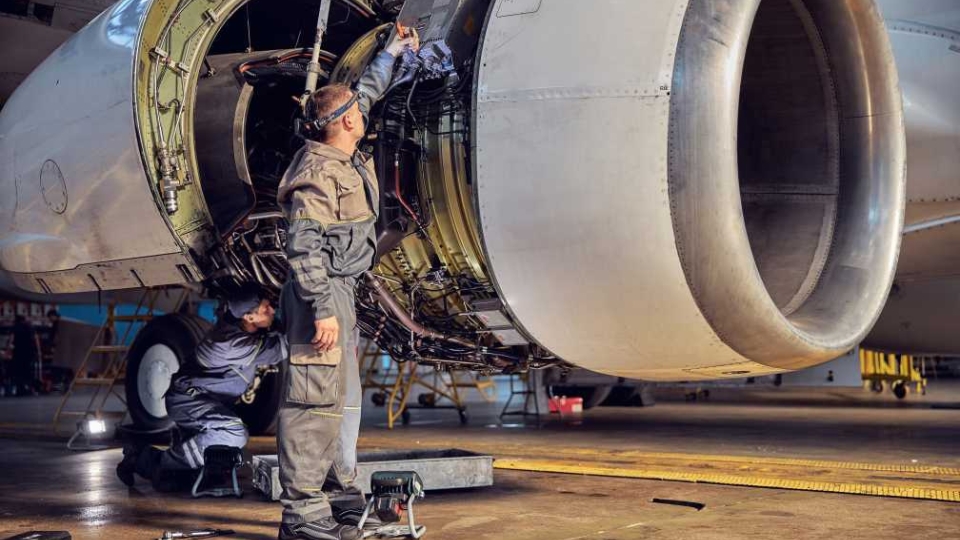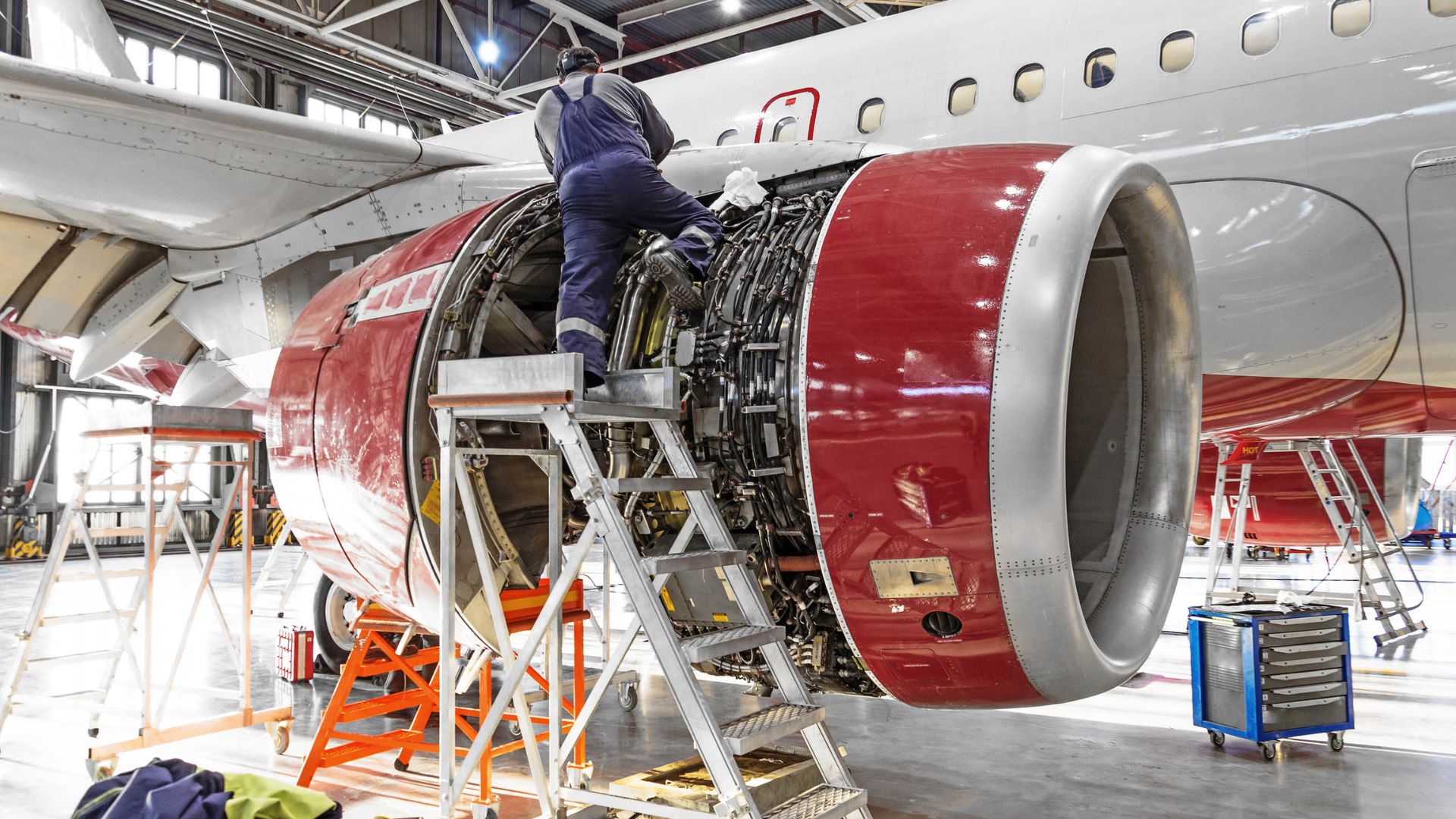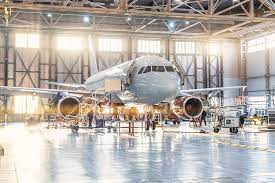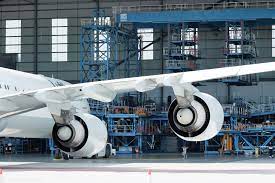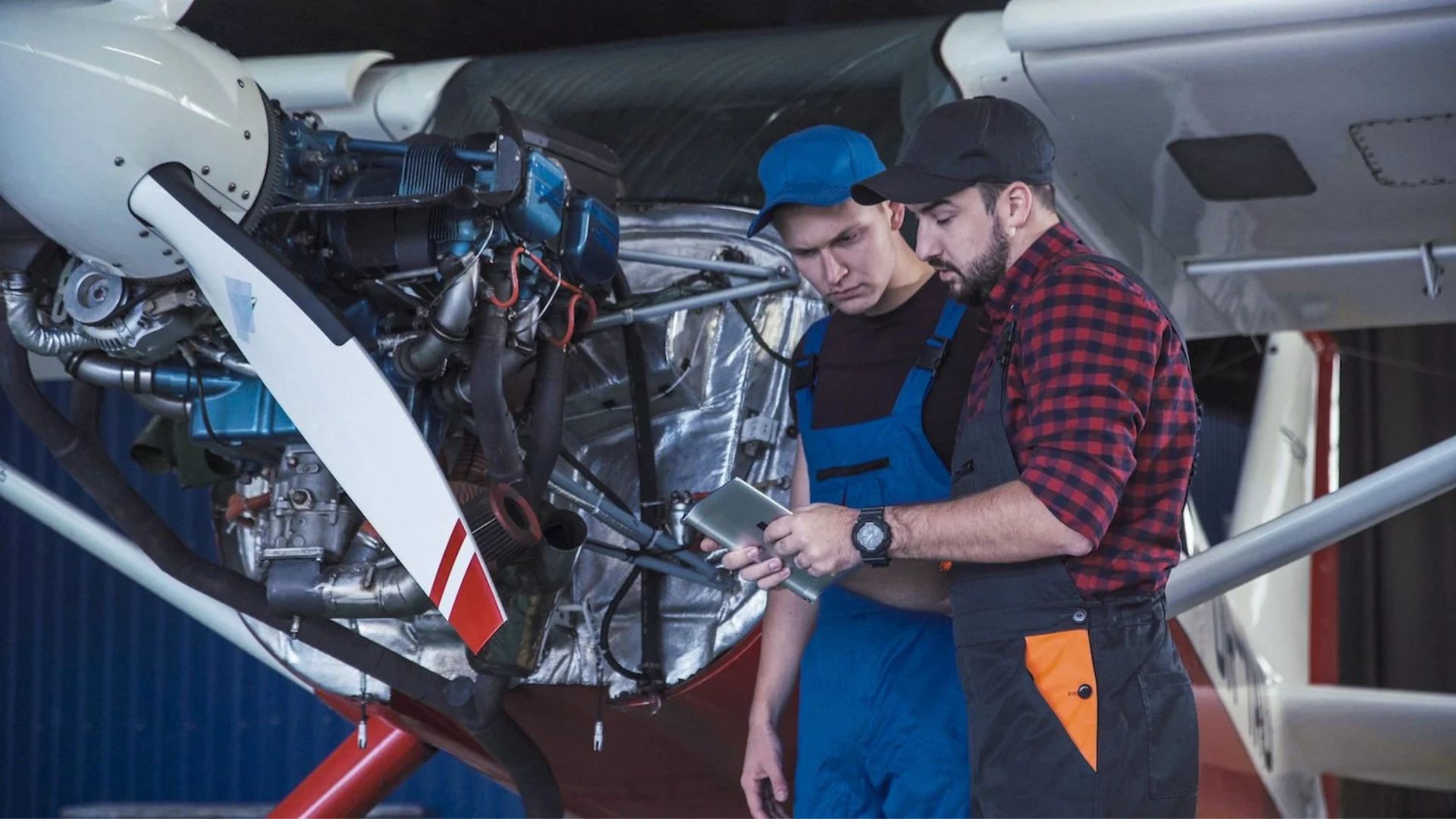Aircraft maintenance is a critical part of aviation safety and operational efficiency. Airlines and maintenance crews follow strict procedures to ensure planes remain airworthy, reliable, and safe for passengers and crew. Effective maintenance practices prevent accidents, reduce delays, and prolong the lifespan of aircraft.
Moreover, systematic maintenance practices are mandated by aviation authorities worldwide to uphold safety standards and regulatory compliance.
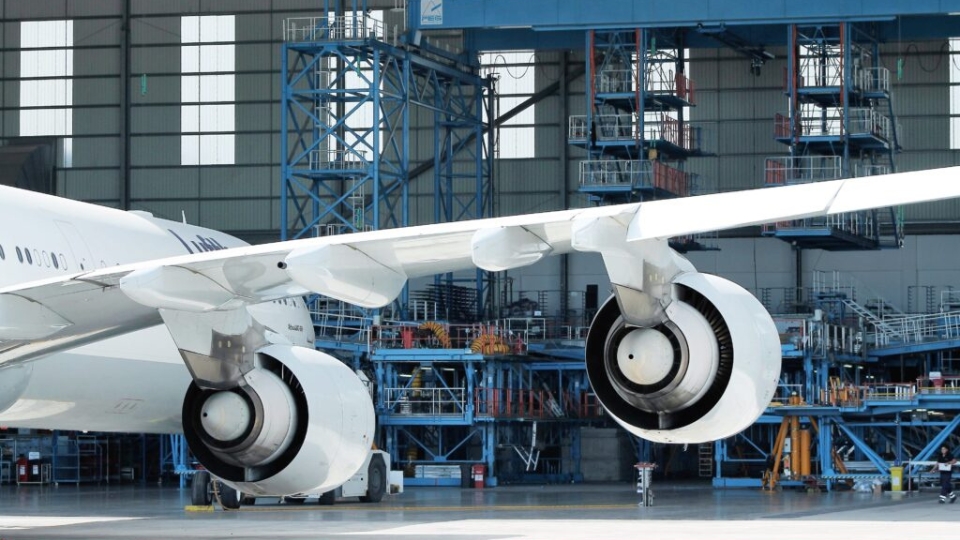
Essential Aircraft Maintenance Practices Explained
Routine Inspections
Routine inspections form the foundation of aircraft maintenance. They are conducted regularly to identify and address potential issues before they become serious problems.
-
Pre-flight inspections: Pilots and ground crew check critical systems, including engines, landing gear, and control surfaces, before each flight.
-
Daily and weekly inspections: Technicians examine aircraft components, fluid levels, and electrical systems to ensure proper functioning.
-
A-checks: Performed approximately every 400–600 flight hours, these inspections include minor maintenance tasks, such as fluid replacement, lubrication, and system checks.
Consequently, routine inspections ensure that aircraft remain safe and operational on a day-to-day basis.
Scheduled Maintenance Checks
Scheduled maintenance is more extensive than routine inspections and is performed according to manufacturer guidelines and regulatory requirements.
-
B-checks: Conducted every 6–8 months, B-checks involve detailed examinations of major systems, including hydraulics, avionics, and engines.
-
C-checks: Performed every 20–24 months, C-checks are thorough inspections of the entire aircraft, often requiring the plane to be out of service for several days.
-
D-checks: The most comprehensive maintenance, D-checks occur every 6–10 years and include complete disassembly, inspection, repair, and overhaul of the aircraft.
By adhering to scheduled maintenance, airlines reduce the risk of technical failures and ensure compliance with aviation regulations.
Engine Maintenance
Engines are among the most critical components of an aircraft. Proper maintenance ensures efficiency, safety, and performance.
-
Routine checks: Technicians monitor fuel systems, airflow, and combustion efficiency.
-
Overhauls: Engines are periodically disassembled, cleaned, and rebuilt to maintain performance standards.
-
Vibration analysis: Specialists assess engine vibrations to detect early signs of wear or imbalance.
-
Lubrication and fluid replacement: Ensures smooth operation and prevents overheating.
As a result, engine maintenance improves reliability, reduces fuel consumption, and prevents unexpected failures.
Avionics and Electrical Systems Maintenance
Modern aircraft rely heavily on electronics for navigation, communication, and safety. Regular maintenance keeps these systems functional.
-
Software updates: Avionics systems receive updates to maintain accuracy and compliance with regulations.
-
System calibration: Instruments such as altimeters, compasses, and flight computers are calibrated for precision.
-
Electrical wiring checks: Technicians inspect wiring, connectors, and panels for wear or damage.
-
Backup systems testing: Redundant systems are tested to ensure reliability during emergencies.
Consequently, proper avionics maintenance ensures smooth and safe flight operations.
Structural Maintenance
The aircraft’s structural integrity is critical to its overall safety and performance.
-
Visual inspections: Technicians examine the fuselage, wings, and landing gear for cracks, corrosion, or damage.
-
Non-destructive testing: Techniques such as ultrasound and X-ray detect hidden structural weaknesses.
-
Corrosion prevention: Protective coatings, sealants, and treatments are applied to prevent deterioration.
-
Component replacement: Worn or damaged parts are replaced to maintain strength and safety.
As a result, structural maintenance ensures the aircraft can withstand operational stresses and adverse weather conditions.
Documentation and Compliance
Maintenance activities are carefully documented to ensure traceability, regulatory compliance, and accountability.
-
Maintenance logs: Every inspection, repair, and replacement is recorded.
-
Regulatory reporting: Airlines submit reports to aviation authorities to confirm compliance with safety standards.
-
Audit readiness: Documentation allows for inspections and audits by authorities and third-party organizations.
Therefore, accurate documentation reinforces safety, accountability, and operational transparency.
Conclusion
Essential aircraft maintenance practices encompass routine inspections, scheduled checks, engine care, avionics upkeep, structural inspections, and meticulous documentation. These practices ensure safety, efficiency, and reliability while reducing the risk of technical failures.
Ultimately, consistent and thorough maintenance protects passengers, crew, and airline assets. By adhering to established procedures and regulatory standards, aviation professionals maintain the high safety and performance standards that define modern air travel.

